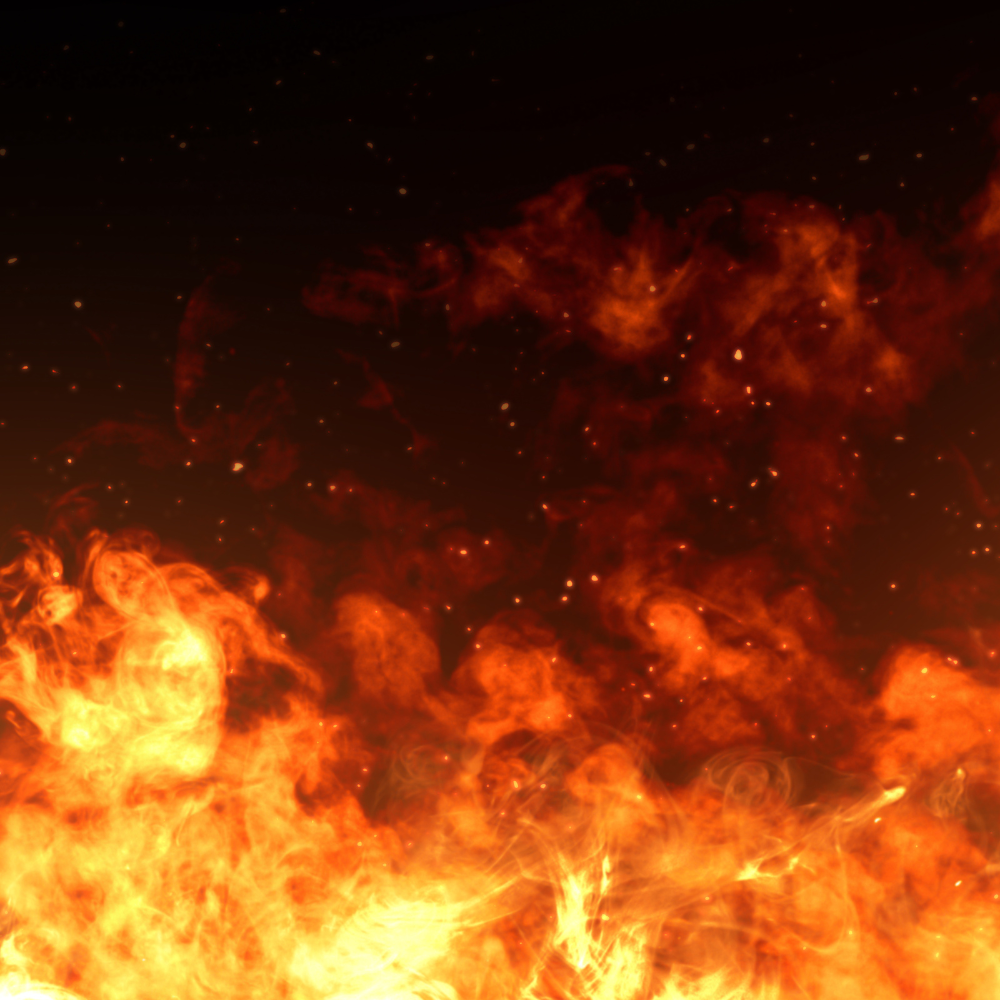
India has achieved history as the first nation to land on the lunar south pole region with its Moon mission. With this, India joins the United States, the former Soviet Union, and China as the only nations to accomplish a soft landing on the Moon.
The Chandrayaan-3 Vikram spacecraft successfully landed as scheduled at 18:04 local time (12:34 GMT). Prime Minister Narendra Modi proclaimed, "India is now on the Moon" as nationwide celebrations erupted.
"We have achieved what no other nation could. "This is a happy occasion," he added. Mr. Modi observed the event in real time from South Africa, where he is attending the Brics summit.
Sreedhara Panicker Somanath, the head of the Indian Space Research Organisation (Isro), stated that the successful landing was not their work alone, but the work of a generation of Isro scientists.
Russia's Luna-25 spacecraft lost control and plummeted into the Moon just days before India's accomplishment.
The accident drew attention to the difficulty of landing in the south pole region, where the surface is very uneven and full of craters and boulders.
The lander and rover of India's second lunar mission in 2019, which also attempted a soft landing, were obliterated, but the orbiter survived.
On Wednesday, apprehensive moments preceded the landing as the lander, named Vikram after Isro founder Vikram Sarabhai, began its precarious descent while carrying the 26-kilogram rover Pragyaan (Sanskrit for "wisdom") in its belly.
The lunar lander's speed was progressively reduced from 1.68 kilometers per second to almost zero, allowing for a soft landing. In a few hours - once the dust has settled, according to scientists - the six-wheeled rover will emerge from the lander's belly and travel around the rocks and craters on the Moon's surface, collecting data and images that will be transmitted to Earth.
One of the mission's primary objectives is to search for water-based ice, which, according to scientists, could one day sustain human habitation on the Moon.
It could also be used to provide propellant for Mars-bound and other distant spacecraft. According to scientists, the surface area that remains permanently in shadow is vast and may contain ice reserves.
The lander and rover are equipped with five scientific instruments that will aid in determining the physical characteristics of the Moon's surface, the atmosphere near to the surface, and the tectonic activity below the surface.
An official told the sources that the rover is carrying an Indian flag and its wheels are imprinted with Isro's logo and emblem so that they will leave imprints on the lunar soil during the Moon trek.
Chandrayaan-3, India's third lunar mission, will build on the success of previous Moon expeditions and, according to Isro officials, will aid in the discovery of "very substantial" scientific findings.
It comes 15 years after Chandrayaan-1, India's first Moon mission launched in 2008, which discovered the presence of water molecules on the Moon's parched surface and established that the Moon has a daylight atmosphere.
Despite failing the gentle landing, Chandrayaan-2 was not a total loss as its orbiter continues to orbit the Moon to this day, assisting the Vikram lander in transmitting images and data to Earth for analysis.
India is not the only nation with its sights set on the Moon; there is a rising global interest in it, and many other missions will soon reach the lunar surface.
Scientists say there is still much to learn about the Moon, which is frequently referred to as a portal to outer space.



